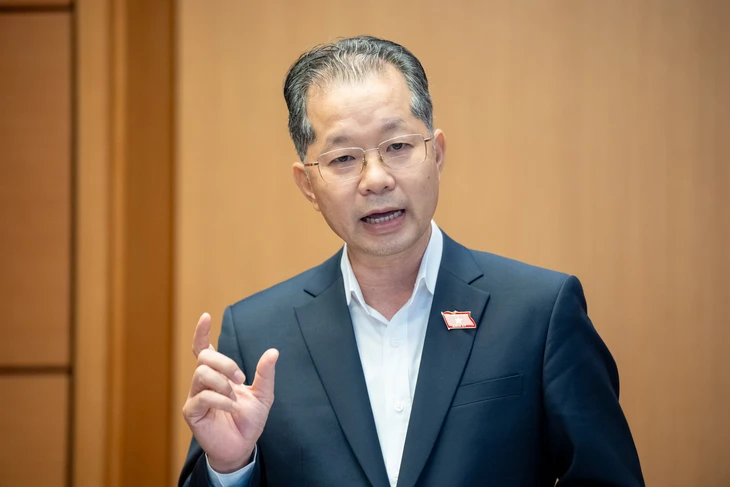
Mr. Nguyen Van Quang said that it is necessary to carefully evaluate recovery solutions - Photo: National Assembly
Expressing his opinion, Deputy Inspector General of the Government Inspectorate Nguyen Van Quang agreed with the necessity of adding rehabilitation procedures in bankruptcy procedures in the draft law, but it is necessary to evaluate the economic efficiency and state management efficiency of this measure.
Prolonged bankruptcy proceedings cause many difficulties
Because according to him, businesses that have reached the point of considering bankruptcy procedures, even when the issue is that they can recover and have the ability to repay debts, still need to evaluate the actual ability. Especially when applying measures to recover businesses on the basis of using the budget, it is necessary to evaluate the feasibility and economic efficiency.
According to Mr. Quang, the biggest problem and difficulty is the time it takes to carry out a bankruptcy case, which on average lasts from 18 to 24 months, even 36 months, meaning it takes more than 3 years to resolve a case. With the current procedures, if special procedures are not applied, it will be difficult to resolve.
In the draft law, the procedural steps have been shortened, but he said that the practical process shows that there are difficulties and problems in resolving bankruptcy cases. For example, the regulation on funding for recovery and bankruptcy activities, in the draft law, combining these two contents, is considered inappropriate.
The reason is that both procedures have problems related to funding to ensure the business continues to operate while awaiting bankruptcy proceedings. Especially the cost of maintenance and ensuring that assets are not damaged, degraded and lose value while awaiting bankruptcy, in cases where the costs are very high.
From that reality, Mr. Quang raised the question of who will pay for this expense, will the bank continue or not? If this expense is waived, the court is handling the case and must take responsibility, then how effective will it be to maintain the operation of this business?
By the time all assets are resolved, the obligations to guarantee other creditors, especially obligations related to credit contracts, will almost no longer exist and consequences will arise.
Carefully evaluate the economic efficiency of implementing procedures.
According to the Deputy Inspector General of the Government Inspectorate, it is necessary to clearly distinguish between the funding and the content related to the rehabilitation procedures and the bankruptcy procedures. Because the current draft law sets out the principle of prioritizing the application of rehabilitation procedures first, then applying the bankruptcy procedures. Thus, funding and activities must be prioritized for the enterprise first, only when it is impossible to recover should bankruptcy procedures be applied.
"I propose to evaluate the economic efficiency as well as the effectiveness of state management in implementing these two procedures," Mr. Quang commented and proposed that there must be a special procedure when the competent authority (the court) determines that there is no possibility of recovery, then it must quickly switch to a simplified procedure for bankruptcy proceedings, ensuring to reduce time and costs, especially damage to businesses, creditors, and state budget costs.
Delegate Pham Thuy Chinh, Vice Chairwoman of the Finance and Budget Committee, said that after 10 years of implementing the law, by September 2023, only more than 1,500 bankruptcy cases had been accepted by the court and more than 500 cases had been decided by the court to be bankrupt.
In reality, most Vietnamese enterprises choose to cease operations rather than go bankrupt. Therefore, Ms. Chinh expressed her wish that the Bankruptcy Law must simplify administrative procedures and facilitate bankruptcy proceedings to ensure feasibility.
"The process of implementing bankruptcy procedures is extremely difficult, there are cases that last very long and the consequences of handling the State's legal costs are very large and prolonged. Therefore, it is necessary to continue to evaluate the State budget costs in implementing bankruptcy procedures, ensuring economic and social efficiency and consistency in current laws" - delegate Chinh expressed his opinion.
Source: https://tuoitre.vn/doanh-nghiep-mat-3-nam-khong-pha-san-duoc-ong-nguyen-van-quang-noi-can-thu-tuc-dac-biet-2025102313205052.htm



![[Photo] Prime Minister Pham Minh Chinh chairs meeting on railway projects](https://vphoto.vietnam.vn/thumb/1200x675/vietnam/resource/IMAGE/2025/10/23/1761206277171_dsc-9703-jpg.webp)

![[Photo] President Luong Cuong holds talks with South African President Matamela Cyril Ramaphosa](https://vphoto.vietnam.vn/thumb/1200x675/vietnam/resource/IMAGE/2025/10/23/1761221878741_ndo_br_1-8416-jpg.webp)

![[Photo] Prime Minister Pham Minh Chinh meets with South African President Matamela Cyril Ramaphosa](https://vphoto.vietnam.vn/thumb/1200x675/vietnam/resource/IMAGE/2025/10/23/1761226081024_dsc-9845-jpg.webp)
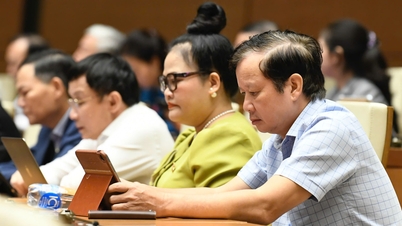



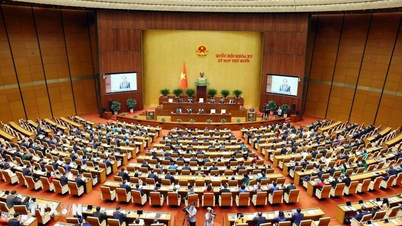



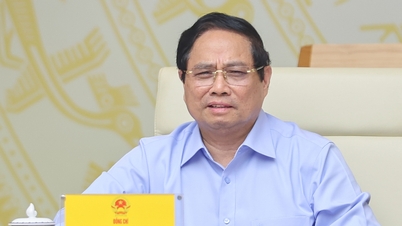




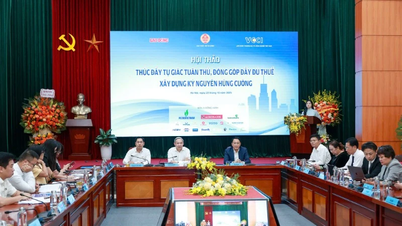



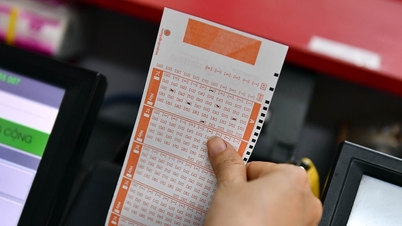







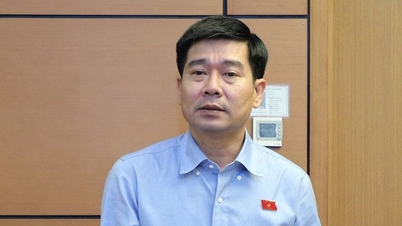



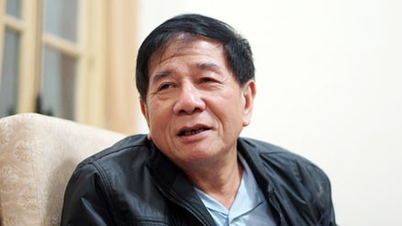
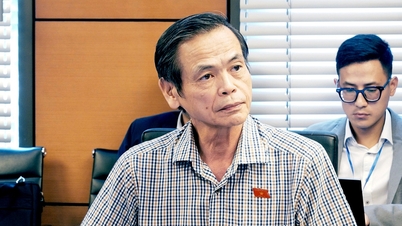












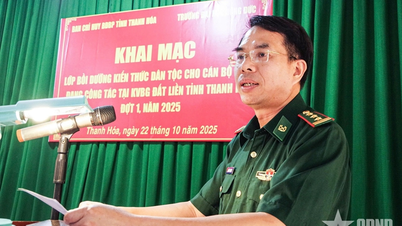






















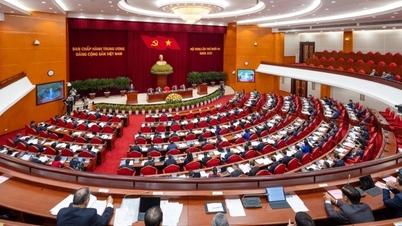


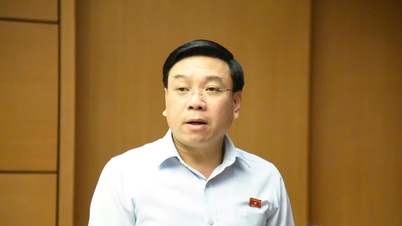






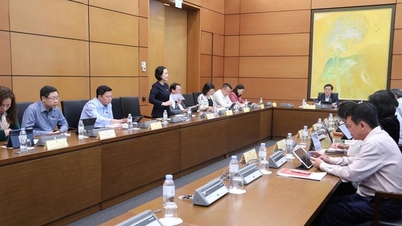



























Comment (0)